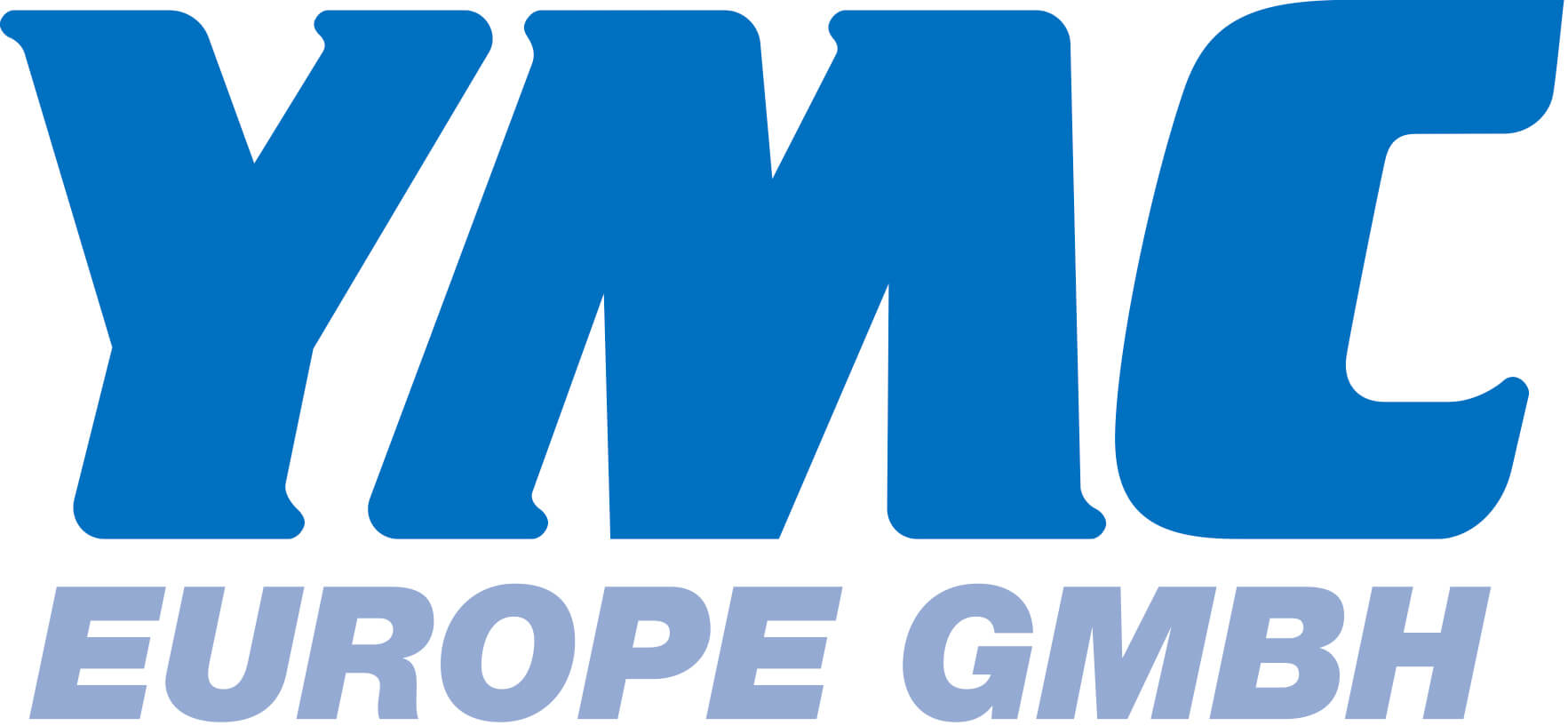
This application note outlines the methodology for assessing significant levels of per- and polyfluoroalkyl substances (PFAS) emissions from food contact materials under typical usage conditions. PFAS were detected across a range of temperatures for the items tested, with concentrations varying from 1 pg/g to over 6000 pg/g.
PFAS can be found everywhere in our homes, workplaces and vehicles. Since research into the effect of these chemicals on the environment and human health began, three individual PFAS species have been added to the Stockholm Convention on Persistent Organic Pollutants 2001 and all long chain perfluorocarboxylic acids (PFCAs) are under review. PFAS as a class contains more than 12,000 chemicals at the time of publication.
The presence of PFAS in materials that come into contact with food is the subject of debate and regulation. Some studies have even found traces of PFAS in materials where they were not intentionally included.





